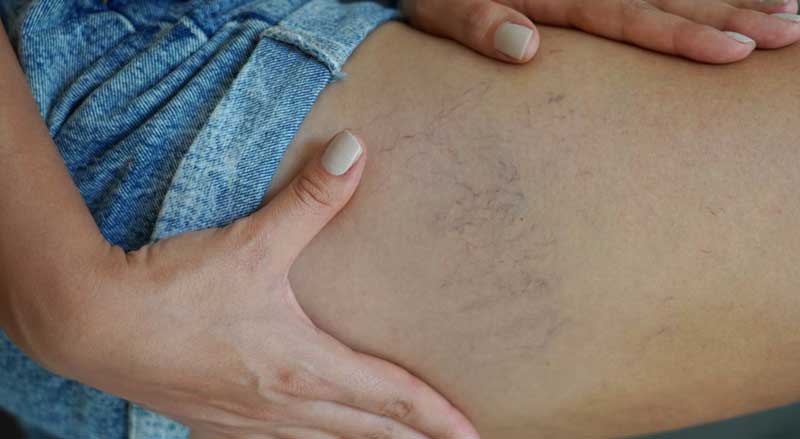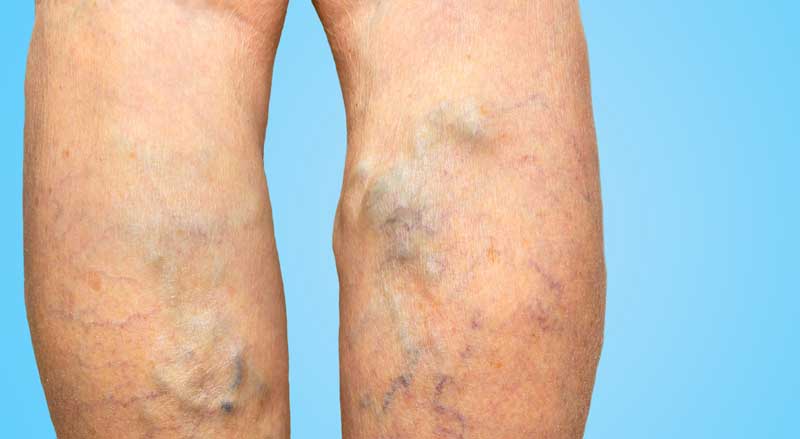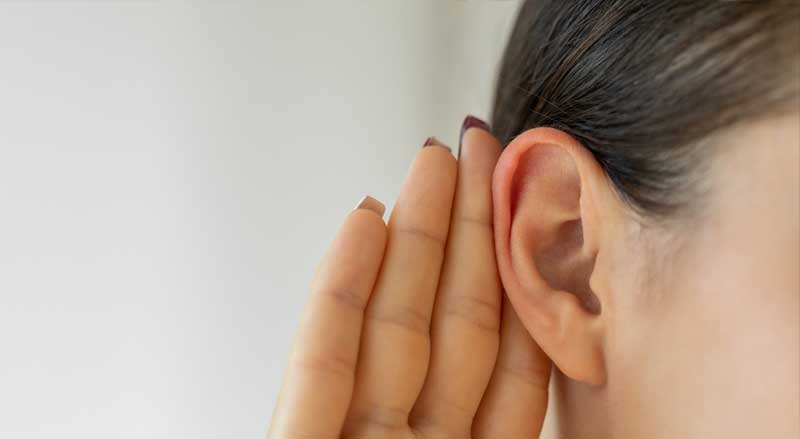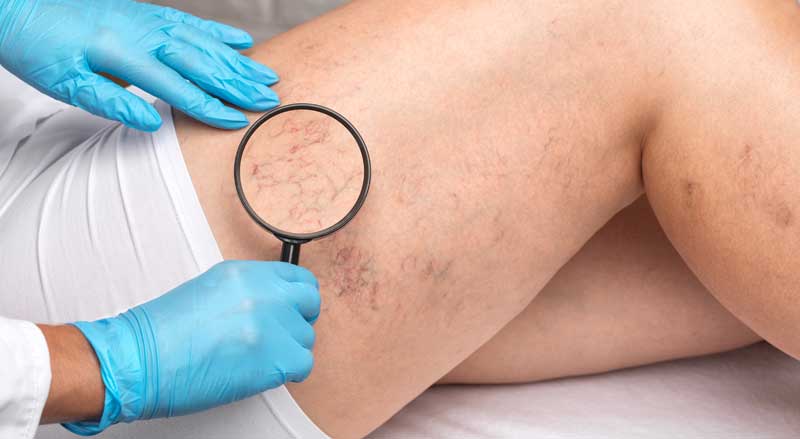Some foods make more of an impact on vein health than others. That is why we have compiled a list of the best power foods to eat for your circulation.


Some foods make more of an impact on vein health than others. That is why we have compiled a list of the best power foods to eat for your circulation.

Spider veins are small veins that appear in clusters, resembling spiderwebs or tree branches. While spider veins are not a medical concern, many individuals treat them for cosmetic reasons. Are you wondering why you are suddenly seeing spider veins? Find...

Do your legs feel achy or stiff at the end of the day? Do you experience unexplained leg pain? If you haven’t made any substantial changes to your daily routine, or if you’re getting older, circulation health could be to...

Varicose veins are those unsightly bulging veins that you often see on legs or feet. If you have them, you’re probably aware of the discomfort or pain they can cause—especially after a long day of standing or sitting. Compression therapy...

We all understand the importance of being good listeners. Actively listening to others creates trust, collaboration, and prevents misunderstandings. But how many of us listen to what our bodies are trying to tell us? Learn how to understand your body...

The state-of-the-art treatment for eliminating unsightly or bothersome veins is sclerotherapy. This popular, minimally invasive treatment is highly effective in reducing the symptoms and appearance of certain veins. But a common question about sclerotherapy is how long does it last?...